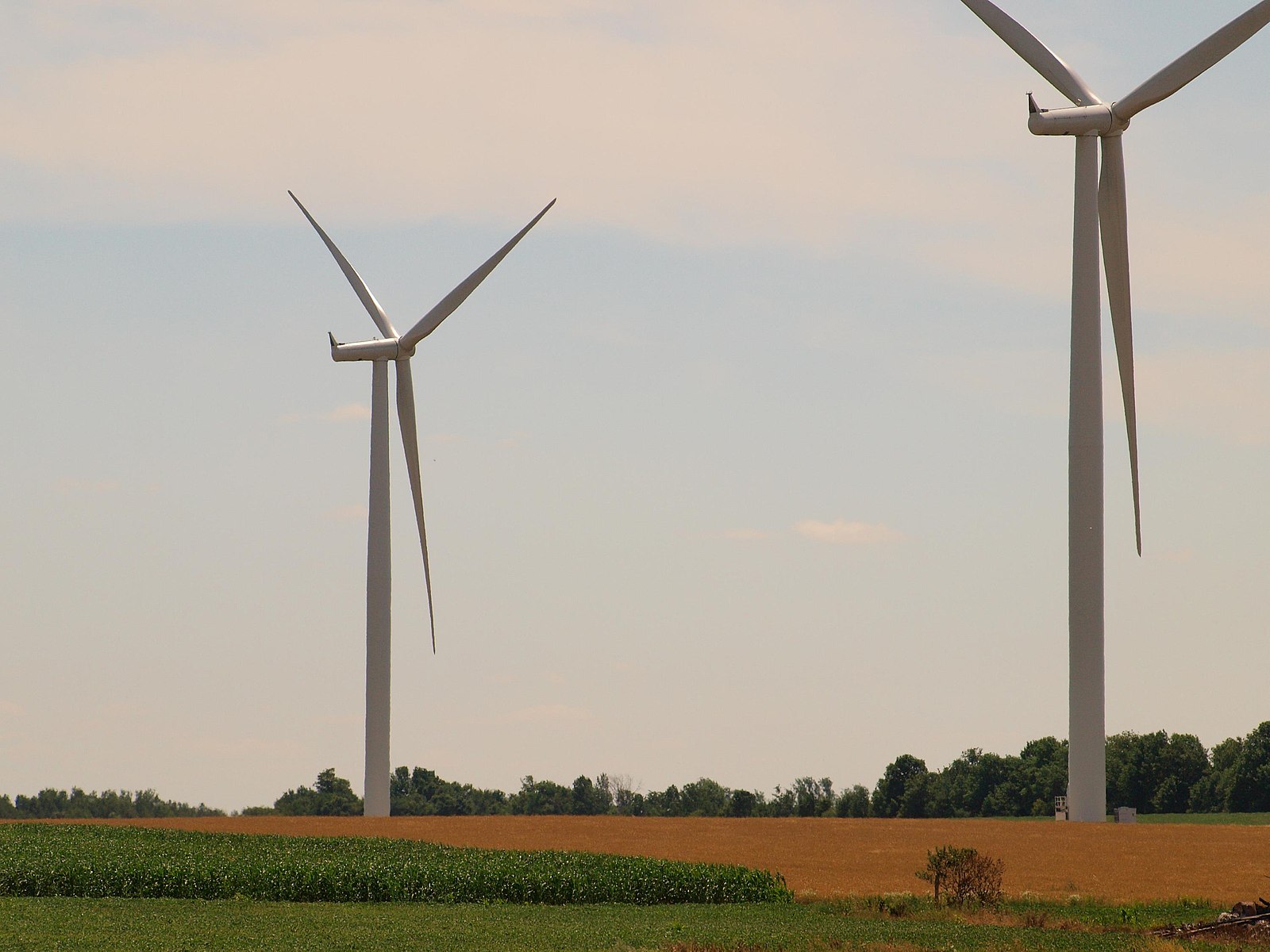
In September we announced that Austin Energy, Austin’s public electric utility, kicked off its process for updating the utility’s Resource, Generation, and Climate Protection Plan (Resource Plan). The Resource Plan provides Austinites with an extremely important opportunity to improve and expand our renewable energy and energy efficiency goals and programs. Later in October, we provided an update to AE’s Resource Plan. We have yet another update and we want you to continue to be involved!
The process
Every two to three years, Austin Energy updates what is essentially the utility’s master plan through a routine process: the city’s Electric Utility Commission (EUC) appoints a Resource Planning Working Group to write and vote on recommendations for changes; the recommendations passed out of the Working Group then go to the full EUC as well as the Resource Management Commission for a vote; and ultimately, the full City Council will debate, vote, and possibly amend the final recommendations.
Where are we in this process?
The Working Group is still meeting and is going forward at a moderate pace. Recent studies show that it is feasible to dramatically increase renewable energy, energy efficiency and local solar (meaning rooftop solar on Austin houses and smaller solar farms here in Central Texas) over the next 10 years.
Despite these positive results, the Austin Energy staff interpreted the direction from a couple of the council resolutions differently than the community expected. In addition, Sierra Club staff and other environmental advocates believe that Austin Energy did not use the most accurate pricing modeling for the cost of solar, wind, and especially batteries (the latter of which were shown to not be price competitive until potentially 2030). Nevertheless, at meetings in November, Austin Energy did provide some updated numbers that seem more realistic.
The Scenarios
At the November 21st meeting, Working Group members voted on approving separate scenarios that Austin Energy will model over the next six weeks. In addition, after much back and forth, it was determined that one of the initial scenarios promoted by several members of the Working Group -- Carbon Free by 2025 - might be unachievable. This is because Austin Energy would need to add transmission infrastructure East if we were to shut down the Sand Hill Combined Cycle Gas Plant quickly. Instead of running the scenario (and creating expectations for a quick shutdown and transmission build-out) the Working Group asked Austin Energy to begin a transmission study to look at the timing and costs of such a transmission infrastructure build-out. Rather than a 2025 Carbon-Free scenario, Austin Energy agreed to look at both a 2027 and 2030 carbon-free scenario.
Most of the scenarios assume retirement of all Austin Energy-owned coal and gas resources over the next 10 years, including:
- Carbon-free by 2030, 77% renewable energy and 23% nuclear energy
- Carbon-free by 2030 with additional energy efficiency goals (to help save people money and reduce peak demand costs)
- Carbon-free by 2030 with higher local solar goals (as opposed to solar farms out in west Texas)
- 100% renewable energy by 2035, including phase out of nuclear power
- Carbon-free by 2030 with phasing out the Sand Hill combined cycle natural gas power plant by 2027;
- Carbon-free by 2027;
- Net Zero by 2030 (same as carbon-free by 2030 above except selling fracked natural gas when profitable and buying carbon offsets for this dirty power)
- Keeping our current 65% renewable energy (along with 23% nuclear) and buying carbon offsets for the remaining 12% of energy
How Austinites can help!
To keep the Working Group on track and make this process more accountable, community input is a crucial next step. Community members regularly attending and speaking at Working Group meetings are essential to pushing Austin to lead not only on energy issues but also on equity and justice in how the city prioritizes, plans, and carries out our clean energy transition. While the Working Group is taking a break in December while Austin Energy models the scenarios, the Group will meet twice in January, and potentially twice in February from 4-6pm, at the Town Lake Center (Austin Energy office) 721 Barton Springs Rd, Austin, TX 78704 for the remaining dates:
- January 16th, January 30th
- February 6th, February 20th
Attend, give public input, and even contact your City Council members to let them know you want a just transition to a carbon-free Austin Energy!